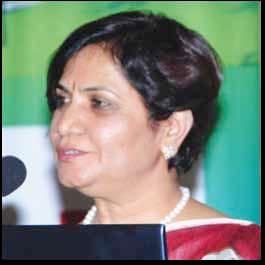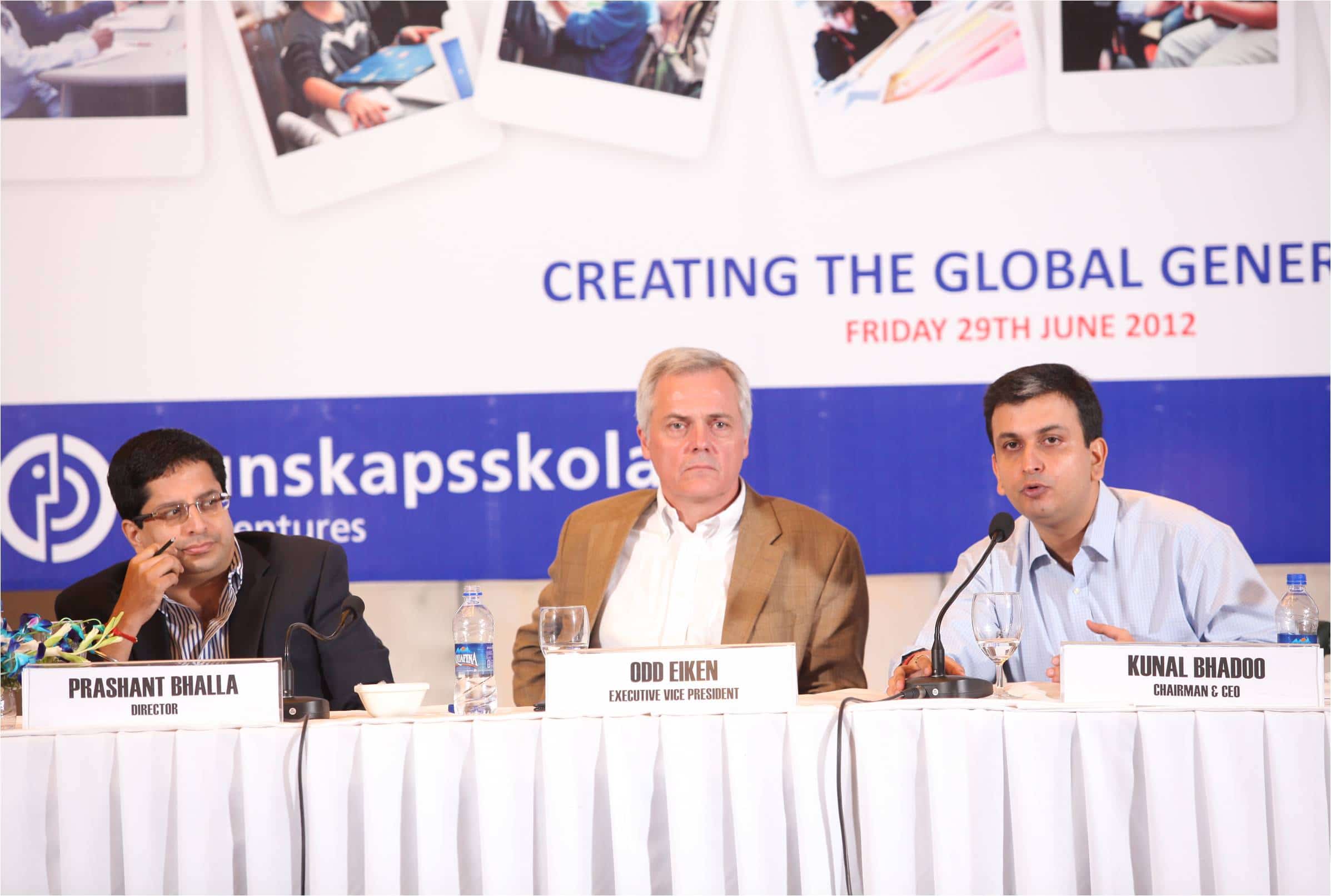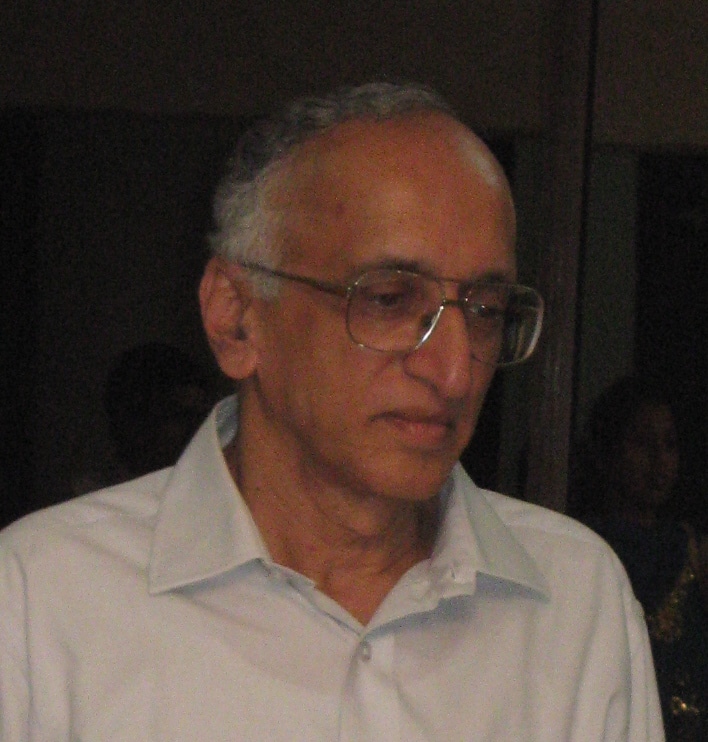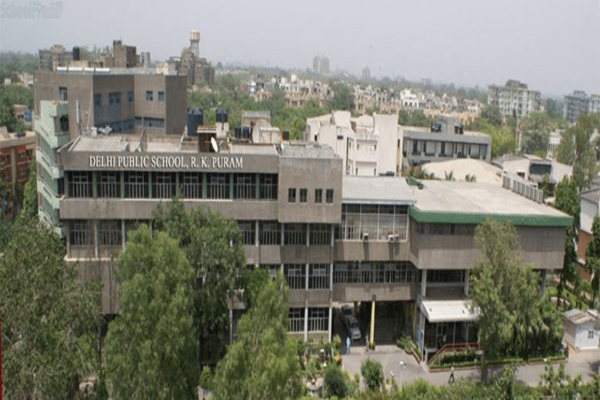http://myra.ac.in
Shalini Urs, Executive Director, Myra Business School, in conversation with Sheena Joseph Cherian, shares her vision for furthering the goals of education through her institution
 Tell us about the mission and vision of Myra Business Institute.
Tell us about the mission and vision of Myra Business Institute.
The institute’s founders, including me, have been in the academia for the last 35 years. I have also founded another institute and my husband has also been associated with the National Accreditation Assessment Council for the past 15 years. We were inspired by the idea of improving the quality of education and hence Myra Business Institute came into being. I would like to quote Mahatma Gandhi here, “Be the change you want to see in the world.” So, we thought of starting and setting up of this Institute. Apart from the quality engine in it, we also have world class faculties. Today Myra is a globally recognised B-School with world class faculty and infrastructure.
Tell us about your employee training programme for companies.
We are in touch with companies like Intel, Infosys and Dell. We are talking to them in terms of their requirements and accordingly some of the programmes have been customised. The state university is collaborating with Myra School of Business to offer these executive education programmes. So these are jointly organised and jointly certified. The centre for executive education at Eastern Illinois State University (EISU) and our centre have collaborated to come up with these corporate training programmes.
What is the major ICT Initiative taken in Myra?
ICT is interwoven in all we do. For example, our admission process is completely online. So the one showing interest to Myra School can apply online and submit the application. We have an online application system through which one can complete the admission process, and upload their documents and make the payments. Secondly, for our day to day activities, like news updates we are using Facebook. Many of the students get to know what we are doing through Facebook updates. Apart from our all inclusive website, we also use YouTube channel.
Do you think regulations and regulatory bodies are hampering/ promoting the cause of education in India?
I don’t think that the regulatory bodies are hampering the growth of education sector as such. We need to have a regulatory body. As I see it, whether it is AICTE or any regulatory body, they are basically setting up minimum standards so that every institution caters to it and ensures the provision of such minimum standards whether it is infrastructure or faculty or any other thing, in terms of library, books and other resources, like labs. So the regulatory bodies set up the minimum benchmark. Once we have satisfied this benchmark, we can start aspiring for global benchmarks. For example, as per the regulation set by AICTE, you need to have a particular classroom size. I think the regulatory bodies set up a standard to ensure the delivery of education. I do not think that they are actually hampering education.
Are there any unique innovations going on in Myra School?
Besides the world class faculties and reasonable fee structure there is lot of innovative ideas that we use in our system of education. Based on the educational psychology concept called ‘Absolute Engagement’, which means that a person will be engaged only on one object at a time, the absolute engagement has been designed. The retention, absorption and the detention are high. The second innovation is the research based learning model. This model encourages our students to think. Beyond the classrooms, we are giving opportunities to our students to interact with industry leaders. We are also developing a ‘Network of Mentors’. Every alternate Friday, or once in 2 weeks, we bring one mentor to Myra institute for a face to face interaction with students. This mentor spends one and a half days with the students in very informal settings.









 Major breakthroughs usually happen when what is feasible suddenly meets what is a desperate necessity. We are talking about the Tablet PCs, which have taken the world of education by a storm within a relatively small period of time and we have taken it up as the cover feature for the month
Major breakthroughs usually happen when what is feasible suddenly meets what is a desperate necessity. We are talking about the Tablet PCs, which have taken the world of education by a storm within a relatively small period of time and we have taken it up as the cover feature for the month

 Pressmart, Online publishing provider, has announced a Mobile Learning Classroom Application (MOCA). It is tablet based end-to-end solution for schools.
Pressmart, Online publishing provider, has announced a Mobile Learning Classroom Application (MOCA). It is tablet based end-to-end solution for schools.


 Kunskapsskolan a Sweden based pioneer in personalised school education has announced its entry into India. Operating a chain of 37 schools across Sweden, the US and the UK, Kunskapsskolan School Company is renowned for its novel approach that ensures excellent student performance. Having already created waves in other countries, Kunskapsskolan has set up Kunskapsskolan Eduventures Pvt Ltd – a joint venture between Kunskapsskolan Education and Gyandarshan Eduventures – to establish its footprint in India. Accordingly, Kunskapsskolan Eduventures will open its first Kunskapsskolan School at Gurgaon in April 2013, offering K12 education to Indian and international students.
Kunskapsskolan a Sweden based pioneer in personalised school education has announced its entry into India. Operating a chain of 37 schools across Sweden, the US and the UK, Kunskapsskolan School Company is renowned for its novel approach that ensures excellent student performance. Having already created waves in other countries, Kunskapsskolan has set up Kunskapsskolan Eduventures Pvt Ltd – a joint venture between Kunskapsskolan Education and Gyandarshan Eduventures – to establish its footprint in India. Accordingly, Kunskapsskolan Eduventures will open its first Kunskapsskolan School at Gurgaon in April 2013, offering K12 education to Indian and international students.
 The National Stock Exchange (NSE) and the Indian Institute of Management, Shillong (IIMS) have come together for a unique partnership. The two institutions are planning to start the first ever two year full time Post Graduate Programme in Financial Markets (PGP-FM), offered by an IIM.
The National Stock Exchange (NSE) and the Indian Institute of Management, Shillong (IIMS) have come together for a unique partnership. The two institutions are planning to start the first ever two year full time Post Graduate Programme in Financial Markets (PGP-FM), offered by an IIM.
 Inspired from US and UK, the Indian HRD Ministry planning to introduce open book examination system for class X and class XII CBSE students from next year. The objective is to do away the rote learning system.
Inspired from US and UK, the Indian HRD Ministry planning to introduce open book examination system for class X and class XII CBSE students from next year. The objective is to do away the rote learning system.
 CMC Limited, a subsidiary of Tata Consultancy Services Limited, announced that the Company’s Board of Directors has appointed Prof M S Ananth as Independent Director with effect from June 27, 2012.
CMC Limited, a subsidiary of Tata Consultancy Services Limited, announced that the Company’s Board of Directors has appointed Prof M S Ananth as Independent Director with effect from June 27, 2012.











